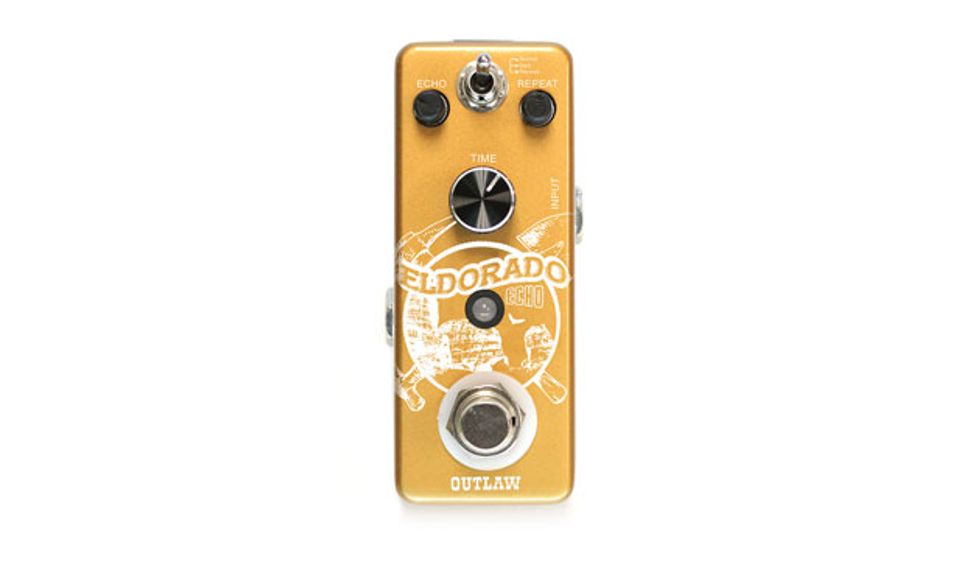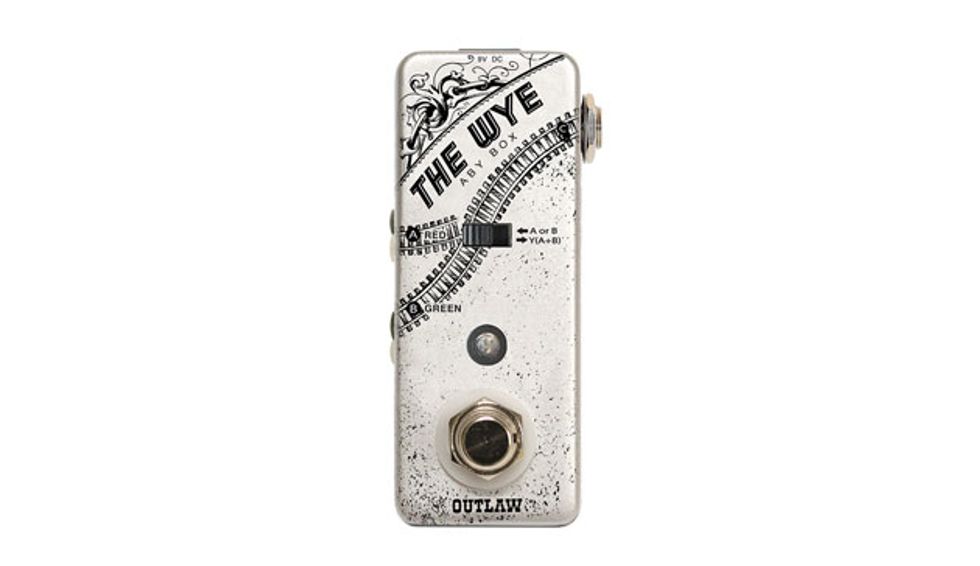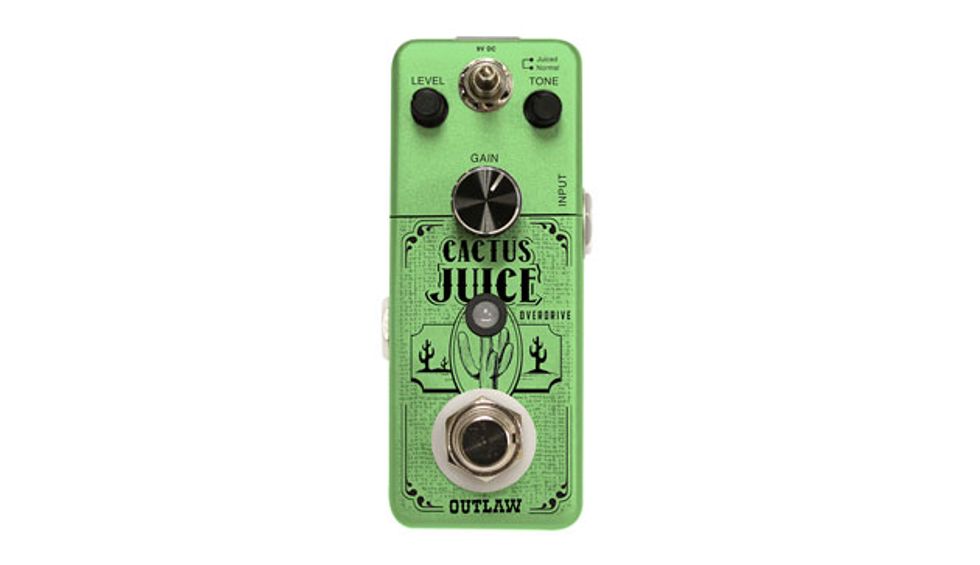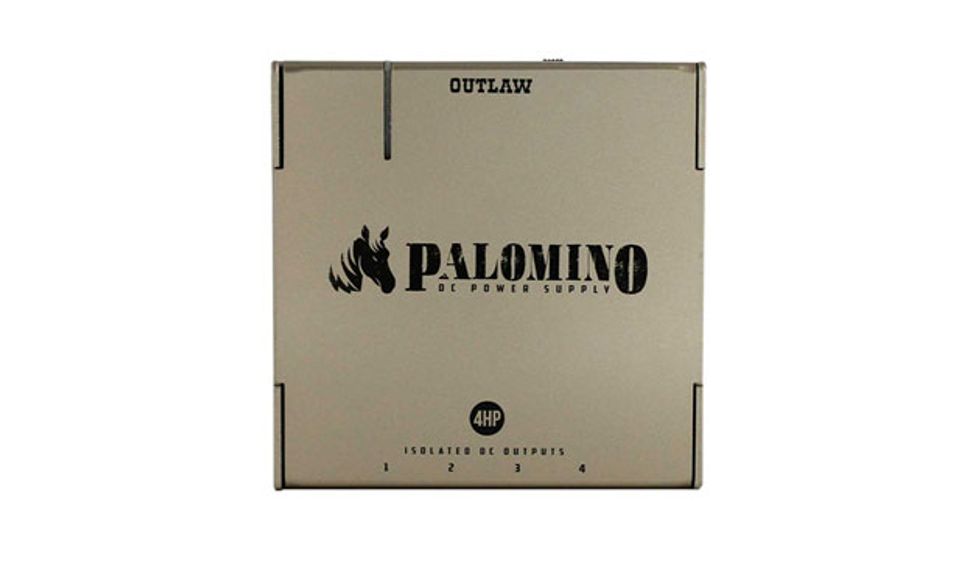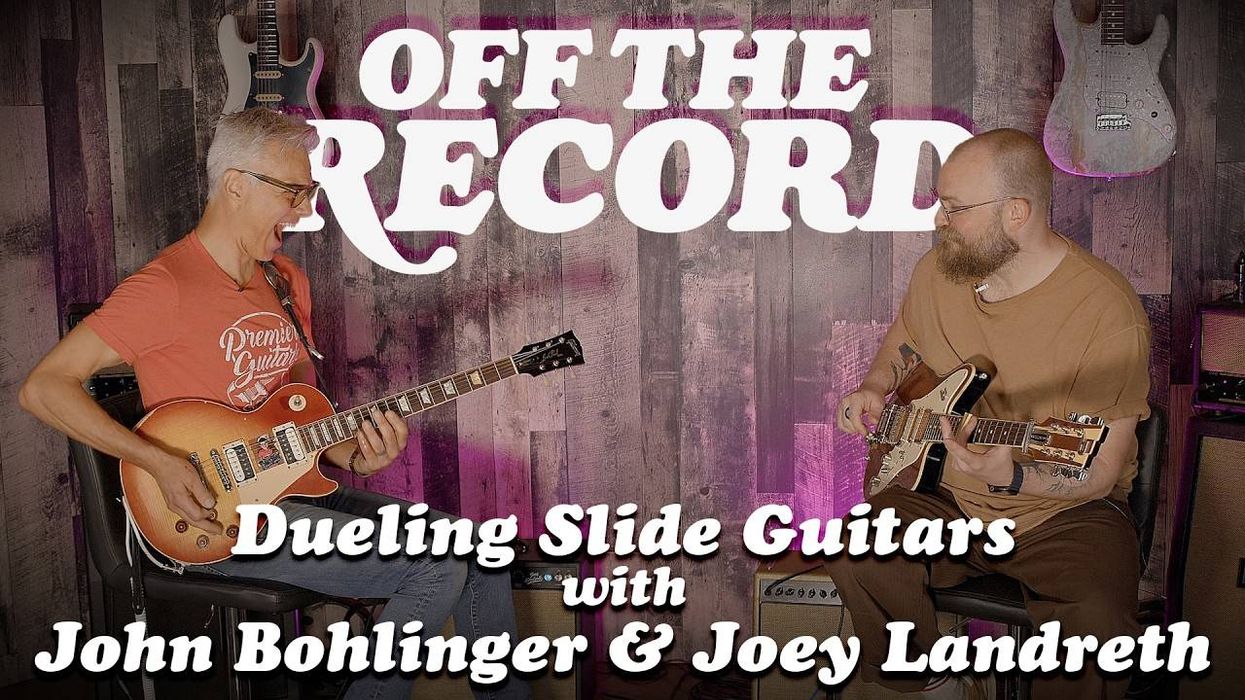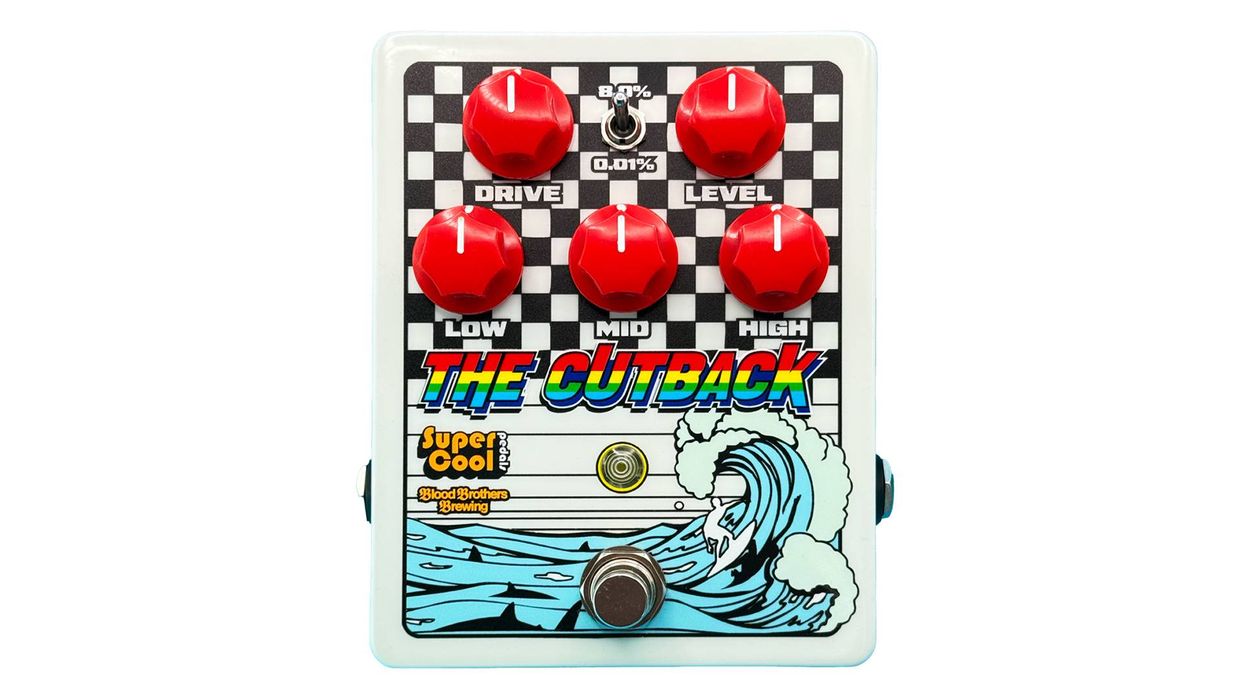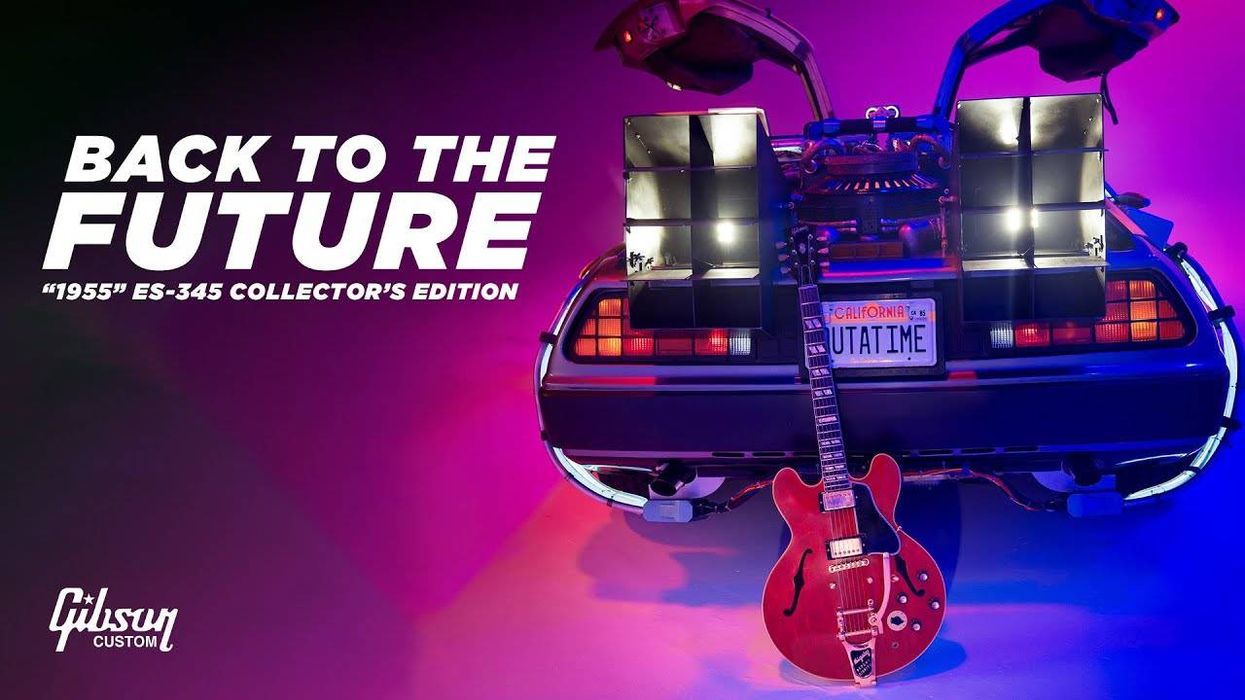Montreal, CA (January 22, 2018) -- Montreal-based micro effect pedal company Outlaw Effects will introduce a foursome of new guitar pedals at the 2018 NAMM Show.
Cactus Juice Overdrive: One dose of this tonic for your tone will cure all that ails your overdrive sound. Two distinct modes offer a wide array of classic, screamer-inspired crunch: Normal Mode gives you that traditionally warm and creamy breakup, while Juiced Mode ups the gain dosage to extra strength, and lets you tear through even the densest of mixes. Level, Gain and Tone knobs give you complete control over your sound.
USA Street Price: $49.00
Wrangler Compressor: This compression cowboy herds in extremes to smooth out your tone while maintaining its character. With the Sensitivity control, you can dial in subtle, transparent compression, or opt for a more pronounced effect with prolonged sustain. The Tone control gives you the option of adding some color to your sound, while the Normal/Hi Cut toggle switch lets you reduce unwanted brightness with a flick of a switch.
USA Street Price: $49.00
Eldorado Echo: Like the clangs of prospectors' picks that ricocheted through the canyons of the Old West, this golden nugget delivers precise digital repeats that can your tone from rags to riches. Eldorado features three echo effect variations: Normal Mode provides crisp, clean repeats; Dark Mode removes some of the highs from the repeats and adds some grit; and Reverse Mode inverts your delays for trippy, mind-expanding sounds. Additionally, a Saved Mode feature allows you to call up a favorite setting with a quick double-tap of the footswitch, regardless of how the controls are set.
USA Street Price: $69.00
The Wye ABY Box: This versatile, 2-way signal routing tool allows you to instantly switch between two inputs or two outputs, or to use two inputs or two outputs simultaneously. For example, you can easily alternate between two different amps or amp channels, or quickly switch between two guitars going into one amp.
USA Street Price: $49.00
Like all Outlaw Effects, these new pedals feature true bypass switching to maintain the purity of the player's clean tone. Each is housed in a micro-sized durable aluminum alloy chassis, and features a staggered input/output design for a minimum footprint.
Availability February 2018
Montreal-based micro effect pedal company Outlaw Effects just introduced the Palomino 4HP, an ultra-compact power supply featuring isolated high-current outputs and multiple output voltage options, capable of handling a wide range of effects pedals.
This convenient, one-stop solution for fueling your pedal board delivers up to 2000 mA of stable, noiseless DC power via four fully-isolated outputs, each supplying 500 mA of current. Three outputs provide 9V DC voltage, and a fourth offers selectable 9V/12V/18V DC voltage options.
Measuring just 80mm x 80mm x 25m (3.15" x 3.15" x 1"), the Palomino 4HP's slim profile fits discreetly under or on most pedal boards, and at 130g, extra weight is kept to a minimum. Its durable housing is road-ready, and the unit features a foldback current limiting circuit (FCLC), which safeguards the Palomino 4HP against shorts and overloads.
USA Street Price: $79.00
Availability: February 2018
For more information:
Outlaw Effects

